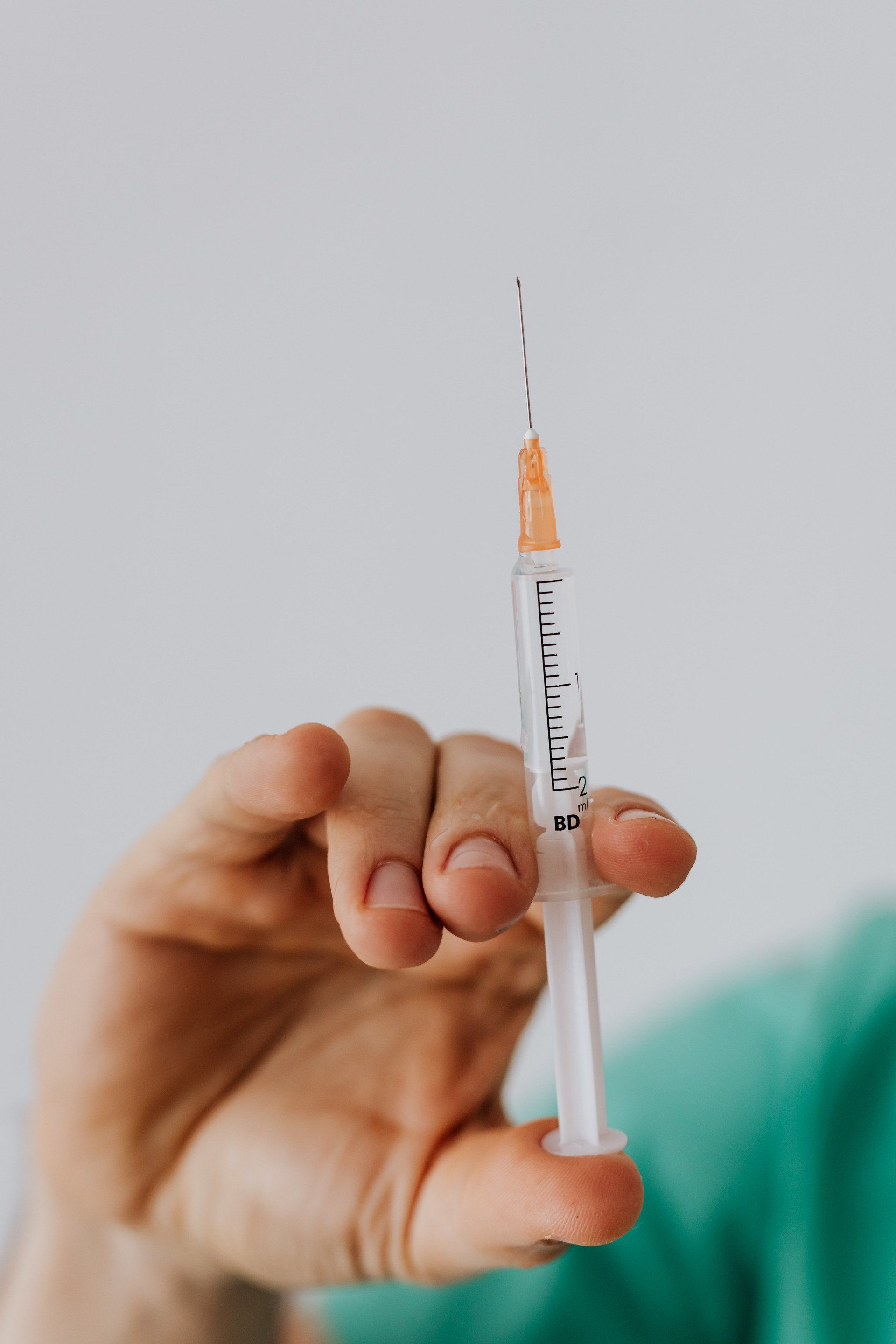CORTISONE (STEROID) INJECTIONS
Cortisone is the name used to describe a group of drugs correctly known as corticosteroids. Cortisone is a powerful anti-inflammatory medication.
- Shoulder bursa or joint / frozen shoulder
- Elbow – Tennis / golfers elbow
- Ankle joint and tendon sheath
- Knee joints / Osteoarthritis
- Trigger finger or De Quervains / Tenosynovitis (wrist tendon pain).
How long does it take to work and how long does it last?
What areas can’t be treated with Cortisone?
Can I have more than one injection?
If appropriate it is possible to have more than one injection. Occasionally patients get some relief from one injection but need a second to reduce symptoms to allow from appropriate rehabilitation. Second injections are repeated 6 weeks after the first injection. Some patients may require repeat injections over the year for chronic conditions while for others if no relief is experienced after two injections it is usually not appropriate to continue injecting. In this case further imaging may be required.
Will the injection be painful?
There can be some mild discomfort at the time of injection, but many people tolerate very well, and often report that the procedure was far less painful than they had feared. Ultrasound guidance allows many injections to be performed in a way that much more comfortable for patients.
There can be some mild discomfort at the time of injection, but many people tolerate very well, and often report that the procedure was far less painful than they had feared. Ultrasound guidance allows many injections to be performed in a way that much more comfortable for patients.
Will there be pain after the injection?
Occasionally patients may notice slight pain within the first 24-48 hours after their injection. This usually settles within a couple of days.
Occasionally patients may notice slight pain within the first 24-48 hours after their injection. This usually settles within a couple of days.
Procedure of injection
Before any injection we will perform a clinical examination and a diagnostic ultrasound scan of the affected area .Ultrasound imaging allows for correct diagnosis and accurate placement of the steroid at the painful site. The skin is cleaned with antiseptic. The steroid is then directly injected into the area that is inflamed, such as a joint or around the soft tissue. Shortly after, you will be examined again.
What will happened after the injection?
Local anesthetic may be used with a steroid injection and you may feel pain relief immediately, this may wear off after a couple of hours .The steroid usually starts to work 2-3 days after the injection but may take a little longer for significant pain relief to occur. We advise to rest the area and avoid exercise for the first two days to minimise unnecessary strain such as repetitive movements, heaving lifting, excessive walking or anything known to aggravate the area. If you are having an injection around a tendon, you may be advised to avoid heavy impact and strenuous loading activities for two or three weeks afterwards.
After the injection we will ask you to wait for 20 minutes after the injection before driving to ensure you don't have any adverse reaction to the medication. If you are planning to have local anesthetic, this may cause some localised numbness for a couple of hours and therefore maybe best to avoid driving and arrange transport home.
Are there any side effects of a cortisone injection?
As for all medical procedures, there are risks associated with the administration of any medication, including cortisone. However this procedure is more likely to provide you with a benefit, such as pain relief.
- There are potential side effects after a cortisone injection. You won’t necessarily get any of these but they include:
- Warm flushing of the face for a few hours
- Elevated blood sugar for a few days
- Elevated blood pressure for a few days
- You may have some pain or a small bruise at the site of injection
Serious side effects are rare and include:
- Anaphylaxis
- Infection is a rare but serious complication, especially if injected into a joint. Most infections take at least a day or two to manifest, so pain at the injection site after 48 hours is considered to be due to an infection until proven otherwise. We advise to call the clinic and visit your local GP
- Localized skin and subcutaneous fat atrophy (thinning resulting in dimpling).
- Hypopigmentation (whitening of the skin) at the injection site.
- An extremely rare complication is avascular necrosis (bone death) which some doctor’s suspect may rarely occur when cortisone is injected into a joint, though this has not been proven.
Contraindications of a cortisone injection?
- If you have any infection on your skin or anywhere else in your body
- Are allergic to local anaesthetic or steroid
- Feel unwell
- Are due to have surgery at the area soon
- Are pregnant
- Are under 18


